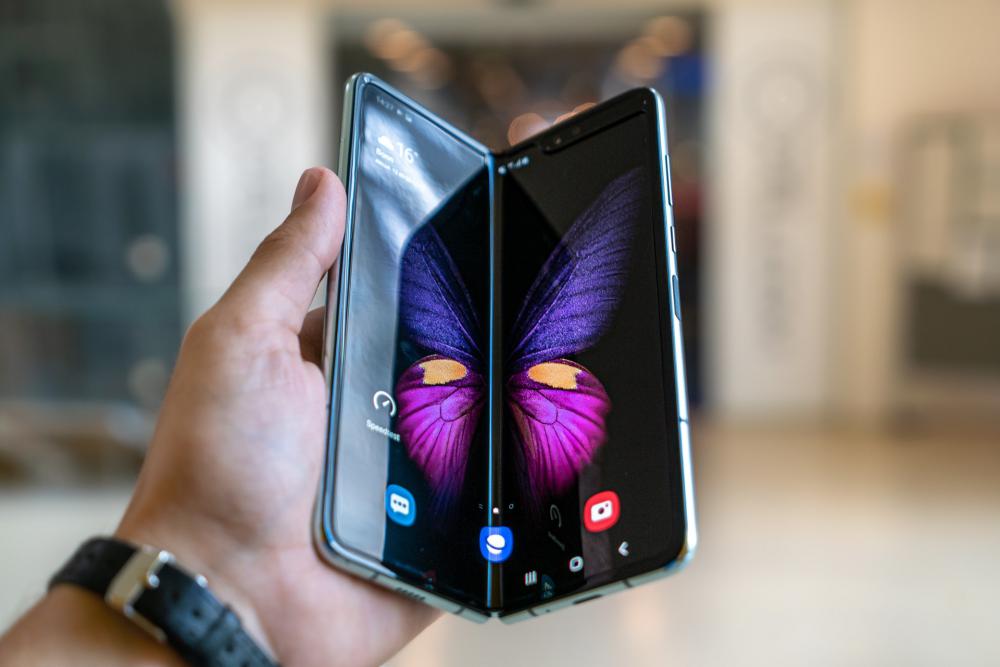We’re breaking down what EE and Vodafone 5G can offer customers.
5G is the next step in data. 4G has been slowed down by the heavy weight of data, where 5G can lift that burden and go faster. In that respect, 5G isn’t in fact faster than 4G, but stronger, able to carry more data at faster rates. Customers can enjoy fast streaming, say goodbye to lagging, and enjoy upload and download speeds that don’t leave you frustrated if you play online live casino, watch some Amazon Prime action movies or try to stream your own content.
But there’s more to it than that. We’re breaking down what EE and Vodafone 5G can offer customers. Read on for all the details.
You might need to upgrade your phone
The sad reality is that not a lot of phones currently in pockets are made for 5G. If you’re an Apple fan, for example, you’d better hope your model is newer than the iPhone 12 range. iPhone 11’s and older, including the SE, XS, X, 8 and 7, and their Plus and Max alternatives are all not compatible for 5G.
And the real kick in the teeth here is that they won’t be able to support 5G in the future. Apple has always had money-making schemes to upsell you on the newest phone, like a battery running down at super speed after 3 years, but people have managed to get around that. There is no piece of equipment that your local phone case seller can install in your phone for £40.
So, for once, we would agree with the Apple representative: you might as well upgrade your phone. No one is saying you have to stick with Apple. If you want your 5G and you want it now, you can look into certain Samsung Galaxy models, Google Pixel models, and One Plus Nord models.
Coverage
Unfortunately, the comparison has to be made. If you are looking at a map of signal coverage in the UK on EE and Vodafone’s respective websites, EE wins when it comes to coverage.
This is something you might want to look into when thinking about getting your own 5G compatible smartphone. That is an upgrade that will be pricey, as all phone upgrades are, and 5G is still in its early stages. Coverage, even in major cities, is spotty, and in more rural areas, which makes up around 90% of England and 98% of Scotland, it’s almost non-existent. As mentioned, 5G is in its early stages, and they’re going to focus on the most populous areas first, but if you’re someone who finds themselves in rural areas a lot, or lives in a rural area, it’s something to consider before you start dropping £89-109 on the latest iPhone from EE, or the latest Samsung at £62 a month from Vodafone.
Will 4G be phased out?
Not anytime soon. We have a long way to go before 5G has the same coverage of 5G, as outlined above. 4G is already pretty much blanketing the country from EE and Vodafone. Providers aren’t about to disable one working system for another still being unfurled.
According to Vodafone themselves, 4G won’t be shut down for good for at least another decade. The idea is to shut down 4G once 5G has eclipsed it, but 5G takes new towers, which means physical work has to take place. And we all know how slowly construction can take place in Britain.
With that in mind, there is a lot to persuade you to switch to a 5G compatible device, but coverage is not one of them. If 4G is speedy enough for you, or you are in a rural area, it’s best you stick with that for now. If you’re looking for a new phone, go ahead, but the speed is the selling point of 5G and it might just be in your best interest to hold off until there are cheaper compatible phones on the market.







